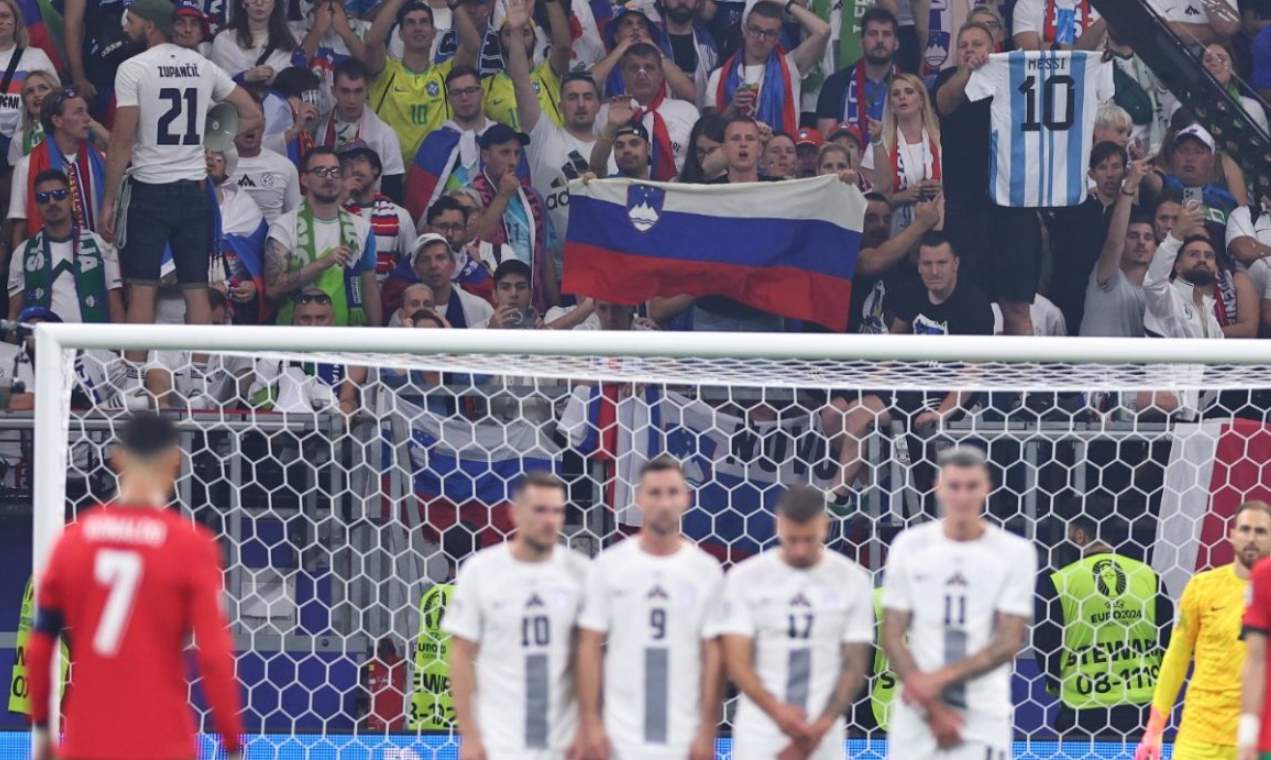Historical Context and Cultural Heritage
Portugal and Slovenia, despite their geographical distance, share a rich and diverse historical background that has significantly shaped their cultural heritage. Both countries have experienced periods of prosperity, conflict, and cultural exchange, leaving a lasting impact on their traditions, customs, and artistic expressions.
Historical Background
Portugal’s history is marked by its maritime exploration and global influence during the Age of Discovery. The country’s seafaring prowess led to the establishment of a vast empire, stretching from Brazil to Macau, and brought significant wealth and cultural influences from around the world. In contrast, Slovenia’s history is characterized by its strategic location at the crossroads of Central and Eastern Europe, making it a melting pot of different cultures and influences.
Cultural Heritage
The impact of these historical experiences is evident in the cultural heritage of both countries. Portugal’s cultural heritage is infused with influences from Africa, Asia, and South America, reflected in its vibrant music, dance, and cuisine. Slovenia, on the other hand, exhibits a blend of Slavic, Germanic, and Mediterranean influences, resulting in a rich tapestry of folk traditions, music, and art.
Similarities and Differences
Despite their distinct historical backgrounds, Portugal and Slovenia share some similarities in their cultural heritage. Both countries have a strong tradition of storytelling and oral history, preserving their rich cultural narratives through generations. They also share a passion for music and dance, with each country boasting its unique styles and rhythms.
However, there are also notable differences in their traditions and customs. Portugal’s colonial past has left a lasting legacy in its language, religion, and social customs, while Slovenia’s position as a crossroads of cultures has resulted in a greater diversity of ethnic and linguistic groups.
In conclusion, the historical context and cultural heritage of Portugal and Slovenia are diverse and fascinating, reflecting the unique experiences and influences that have shaped these two nations. Their shared love for storytelling, music, and dance unites them, while their distinct traditions and customs highlight the richness and diversity of their respective cultures.
Economic and Political Landscape: Portugal Vs Slovenia

Portugal vs slovenia – Portugal and Slovenia, two nations with distinct historical trajectories, present contrasting economic and political landscapes. Their development paths, political systems, and diplomatic relations offer insights into the complexities of nation-building in Europe.
Economic Structures and Development Trajectories
Portugal, a member of the European Union since 1986, has undergone significant economic transformation in recent decades. Its economy, once heavily reliant on agriculture, has diversified into services, tourism, and manufacturing. Slovenia, on the other hand, gained independence in 1991 and quickly transitioned to a market economy. Its economy is characterized by a strong industrial base, particularly in electronics and automotive sectors.
Political Systems and Governance Models, Portugal vs slovenia
Portugal is a parliamentary republic with a multi-party system. The President serves as the head of state, while the Prime Minister is the head of government. Slovenia is also a parliamentary republic, with a strong emphasis on direct democracy through referendums and citizen initiatives. Both countries have a high level of political stability and enjoy strong democratic institutions.
Diplomatic Relations
Portugal and Slovenia established diplomatic relations in 1992. Their relations have been characterized by cooperation and mutual support within the European Union and other international organizations. Both countries share a commitment to peace, democracy, and human rights.
Challenges and Opportunities
Portugal and Slovenia face challenges in the current global economic and political landscape. Portugal must address its high public debt and unemployment rates, while Slovenia needs to diversify its economy and reduce its reliance on exports. Both countries must navigate the challenges of globalization and the rise of new economic powers.
Tourism and Travel

Portugal and Slovenia, despite their geographical distance, share a rich tapestry of history, culture, and natural beauty that captivates travelers from around the world. Both countries offer a unique blend of urban and rural experiences, from vibrant cities to breathtaking landscapes.
This section explores the major tourist attractions, cultural landmarks, and natural wonders of Portugal and Slovenia. We will also provide information on visa requirements, travel logistics, and popular tourist routes, ensuring a comprehensive guide for planning your next adventure.
Tourist Attractions
Portugal and Slovenia boast a diverse array of tourist attractions that cater to various interests and preferences. From historical landmarks to architectural marvels, from pristine beaches to enchanting forests, these countries offer an unforgettable experience for every traveler.
| Country | Major Tourist Attractions | Cultural Landmarks | Natural Wonders |
|---|---|---|---|
| Portugal |
|
|
|
| Slovenia |
|
|
|
The match between Portugal and Slovenia was a tense affair, with both teams battling hard for victory. However, the game was overshadowed by the bielsa suspension , which cast a shadow over the proceedings. Despite the controversy, Portugal managed to secure a narrow 1-0 victory, thanks to a late goal from Cristiano Ronaldo.
In the realm of football, the clash between Portugal and Slovenia echoes through the annals of history, a fierce battle fought on the emerald field. Yet, as the dust settles and the victors emerge, our gaze shifts across the globe to the spirited rivalry between Bolivia and Uruguay.
Like the undulating waves of the Rio de la Plata, the two nations have engaged in a timeless duel, their passion for the beautiful game mirroring the intensity of the Portugal vs Slovenia encounter. And as the final whistle blows, the echoes of this South American clash reverberate back to the battlegrounds of Portugal and Slovenia, reminding us of the indomitable spirit that fuels the pursuit of glory on the pitch.